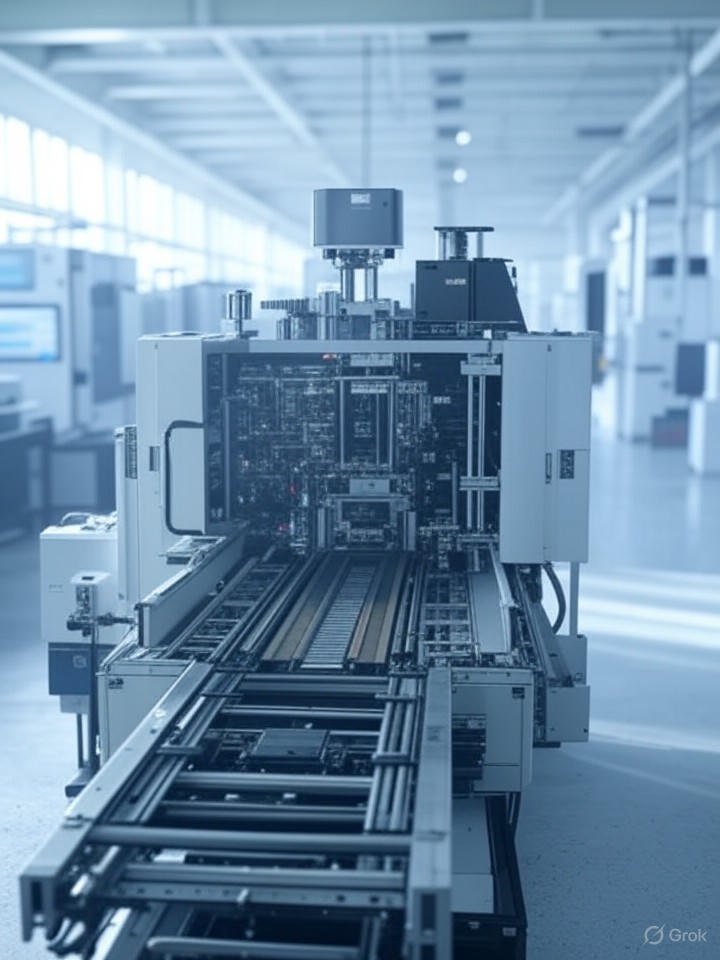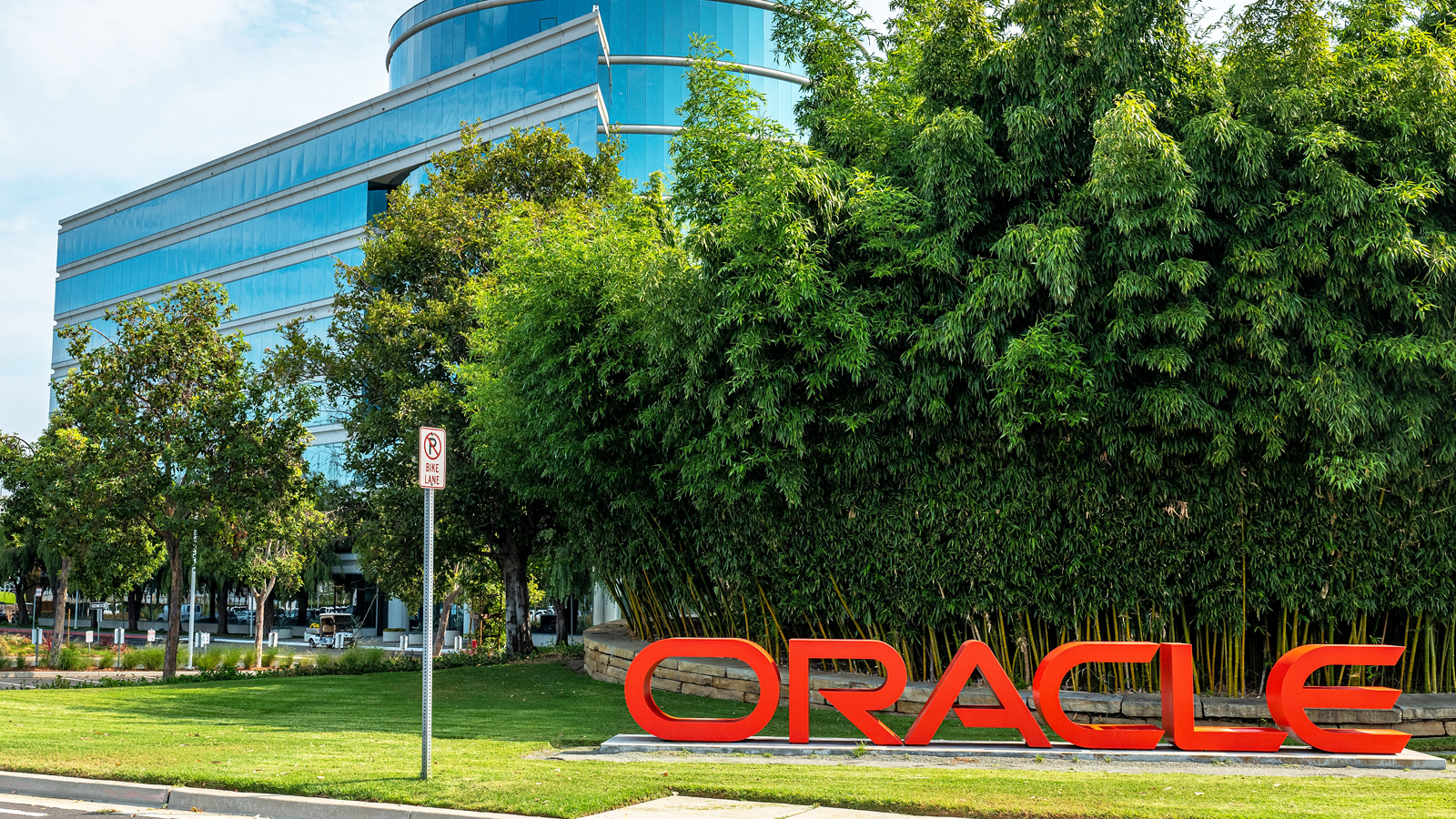Tools & Platforms
Data gaps and AI training hurdles threaten progress in VBC, report finds

Tools & Platforms
2025 PCB Market to Surpass $100B Driven by AI Servers and EVs

In the fast-evolving world of technology, 2025 is shaping up to be a pivotal year for breakthroughs in printed circuit boards, or PCBs, which form the backbone of everything from AI servers to automotive systems. Industry forecasts point to a global PCB market exploding past $100 billion, driven by surging demand for high-density interconnect (HDI) technology and innovative materials like low dielectric constant (Low Dk/Df) substrates that enhance signal integrity in high-speed applications.
This growth isn’t just about volume; it’s fueled by strategic shifts in manufacturing, where companies are investing heavily in automation and sustainable practices to meet regulatory pressures and supply chain disruptions. For insiders, the real story lies in how these advancements are reshaping sectors like electric vehicles, where PCBs must withstand extreme conditions while supporting advanced driver-assistance systems.
As we delve deeper into the PCB boom, experts highlight AI server boards as a key driver, with projections from sources like UGPCB indicating a 15-20% compound annual growth rate through the decade, propelled by data center expansions from tech giants like Nvidia and Amazon.
Beyond PCBs, broader technology trends for 2025 underscore the rise of artificial intelligence as a transformative force across industries. Gartner’s latest analysis identifies AI governance, agentic AI, and post-quantum cryptography as top strategic priorities, emphasizing the need for businesses to balance innovation with ethical oversight amid increasing regulatory scrutiny.
These trends extend to cybersecurity, where post-quantum solutions are gaining traction to counter threats from quantum computing, potentially rendering current encryption obsolete. For enterprise leaders, this means reallocating budgets toward resilient infrastructures, with investments in AI-driven threat detection systems expected to surge by 25% according to industry reports.
In a comprehensive overview shared via Medium, analyst Mughees Ahmad breaks down how trends like AI TRiSM (trust, risk, and security management) will redefine corporate strategies, urging firms to integrate these into their core operations for competitive edges in volatile markets.
Collaboration between tech firms and media is also amplifying these discussions, as seen in recent partnerships that blend data insights with journalistic depth. At the World Economic Forum in 2025, Tech Mahindra teamed up with Wall Street Journal Intelligence to unveil “The Tech Adoption Index,” a report that quantifies how enterprises are embracing emerging technologies, revealing adoption rates in AI and cloud computing hovering around 60% in leading sectors.
This index highlights disparities, with healthcare and finance outpacing manufacturing in tech integration, offering a roadmap for laggards. Insiders note that such collaborations are crucial for demystifying complex trends, providing actionable intelligence amid economic uncertainties.
Drawing from the Morningstar coverage of the launch, the report underscores that regions like the Middle East are becoming hubs for tech discourse, with Qatar set to host The Wall Street Journal’s Tech Live conference annually starting this year, attracting global innovators to explore these very themes.
Investment opportunities in 2025 are equally compelling, particularly in AI stocks and emerging markets, where resilient tech portfolios are projected to yield strong returns despite macroeconomic headwinds. Wall Street strategists from firms like Goldman Sachs and Morgan Stanley are bullish on AI-driven retail and consumer sectors, citing rebounding demand post-pandemic.
Meanwhile, high-yield bonds in tech infrastructure offer stability, as per JPMorgan analyses, while Bank of America flags emerging markets for their growth potential in digital transformation. For industry veterans, the key is diversification, blending tech equities with bonds to mitigate risks from geopolitical tensions.
According to insights compiled in WebProNews, these opportunities reflect a maturing market where AI not only drives innovation but also stabilizes investment strategies, with forecasts suggesting double-digit gains for well-positioned portfolios through 2025 and beyond.
Shifting focus to specific sectors, the beauty and retail industries are leveraging tech for growth, as evidenced by quarterly deep dives into companies like Estée Lauder and Victoria’s Secret. These firms are navigating consumer shifts through product innovation and digital channels, though margin pressures from tariffs loom large.
In parallel, advanced technology segments in manufacturing, such as those in Nordson Corporation, show robust expansion in medical and electronics, driven by portfolio optimizations. These examples illustrate how tech integration is bolstering resilience across diverse fields.
A detailed examination in TradingView News reveals that for Victoria’s Secret, Q2 2025 revenue beats signal a turnaround, with store traffic and e-commerce innovations countering external challenges, a pattern echoed in broader retail tech adoption trends.
Looking ahead, events like the WSJ Tech Live in Qatar promise to convene leaders for in-depth dialogues on these topics, fostering cross-border collaborations. As
Tools & Platforms
Oracle highlights new AI tools for hospitals, take aim at Epic – Modern Healthcare
Tools & Platforms
On-Demand: APAC Tech Policy Trends: AI, Data Privacy,…

Watch our recorded webinar for a timely discussion on the digital and technology policy priorities emerging across key APAC markets and what they mean for your organization.
From groundbreaking AI legislation in Japan and headline-making data leaks in South Korea to ASEAN’s data centre ambitions, the Asia-Pacific region is rapidly shaping the future of global tech policy. As countries across the region introduce and refine policies around artificial intelligence, data governance, and digital innovation, organizations worldwide must stay informed to adapt and respond effectively.
Watch our recorded webinar for a timely discussion on the digital and technology policy priorities emerging across key APAC markets and what they mean for your organization.
Our panel of policy experts will explore:
- Key legislative developments across major APAC economies, including recent AI and data protection measures
- How governments are responding to the growing challenges of data privacy, cybersecurity, and digital accountability
- Trends to watch in 2025 and beyond as tech regulation becomes a top priority for lawmakers, regulators, and global businesses
All fields are required
-

 Business2 weeks ago
Business2 weeks agoThe Guardian view on Trump and the Fed: independence is no substitute for accountability | Editorial
-
Tools & Platforms4 weeks ago
Building Trust in Military AI Starts with Opening the Black Box – War on the Rocks
-

 Ethics & Policy1 month ago
Ethics & Policy1 month agoSDAIA Supports Saudi Arabia’s Leadership in Shaping Global AI Ethics, Policy, and Research – وكالة الأنباء السعودية
-

 Events & Conferences4 months ago
Events & Conferences4 months agoJourney to 1000 models: Scaling Instagram’s recommendation system
-

 Jobs & Careers2 months ago
Jobs & Careers2 months agoMumbai-based Perplexity Alternative Has 60k+ Users Without Funding
-

 Education2 months ago
Education2 months agoVEX Robotics launches AI-powered classroom robotics system
-

 Podcasts & Talks2 months ago
Podcasts & Talks2 months agoHappy 4th of July! 🎆 Made with Veo 3 in Gemini
-

 Education2 months ago
Education2 months agoMacron says UK and France have duty to tackle illegal migration ‘with humanity, solidarity and firmness’ – UK politics live | Politics
-

 Funding & Business2 months ago
Funding & Business2 months agoKayak and Expedia race to build AI travel agents that turn social posts into itineraries
-

 Podcasts & Talks2 months ago
Podcasts & Talks2 months agoOpenAI 🤝 @teamganassi


